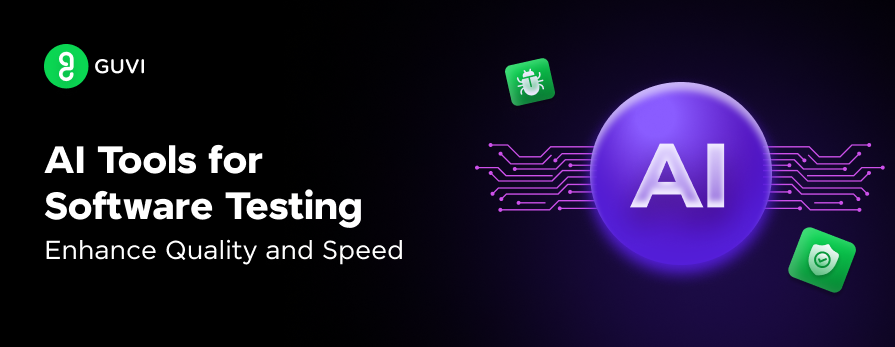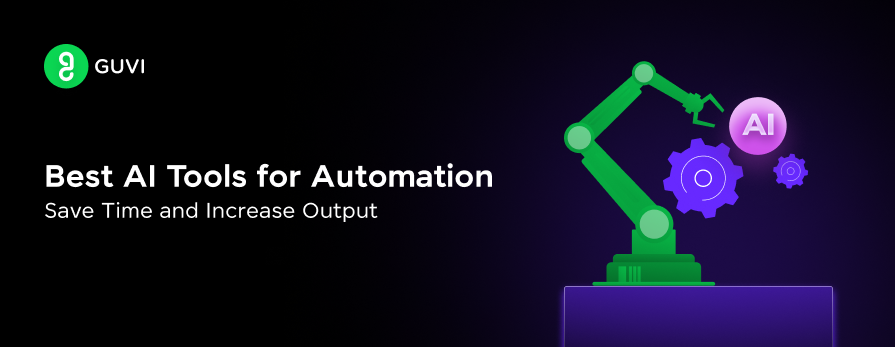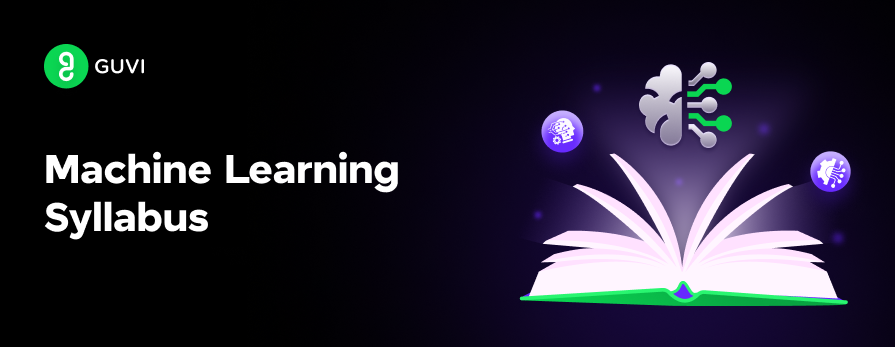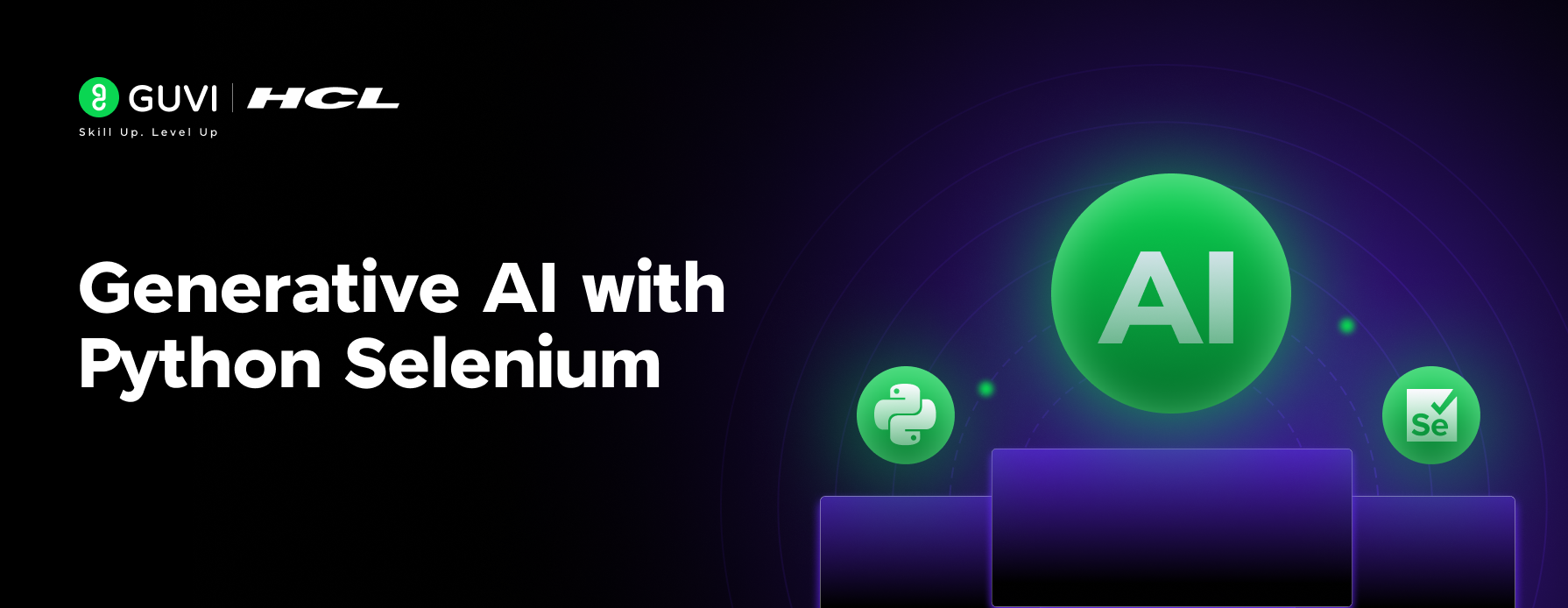
Top 7 Java Libraries for Machine Learning
Oct 22, 2024 4 Min Read 3280 Views
(Last Updated)
Machine Learning is a must-have skill in today’s tech world and is responsible for heaps of career advancements as well as high-paying roles.
If you’re a data scientist or software engineer, having ML knowledge comes with the territory but, mastering ML and adding it to your skillset can boost your tech career by volumes.
Read how ML tops the list of skills that are necessary for the future of your tech career in this news article by TOI.
What technical skills will be needed in the future to survive in the IT sector?
Now, whilst Python and R are the all-time favorites for building machine learning models, many businesses and experts are turning to Java application development to enact their vision. Read on to understand why and how.
Table of contents
- About Machine Learning
- Why use Java for Machine Learning
- The GOAT Java Libraries for Machine Learning
- The Scope of Java for Machine Learning and Data Science
About Machine Learning
Machine learning, data science, and artificial intelligence have become some of the most in-demand skills today, and rightfully so. These advancements in the tech world have taken automation and business processes to record-breaking heights.

Businesses of all scales are now investing millions of dollars into research and skilled professionals so that they can build these incredibly powerful data-driven applications.
Machine Learning (ML) has revolutionized tech and data surrounding numerous fields in both academia as well as the tech industry.
With time, ML has empowered its engagement in a panoramic list of applications such as recommendation systems, natural language processing, image, speech recognition, pattern recognition, and so many others.
And now, the machine world demands tech that can efficiently transform the way we work, live, and entertain.
Owing to the demand for intelligent systems and machines that consist of suggestive searches, behavioral algorithms, and systems capable of learning by themselves, it has become necessary to program computers in such a way that they can learn from experience, and eliminate the need for detailed programming.
Machine Learning is divided into four main techniques: classification, regression, clustering, and reinforcement learning. These techniques are used for solving problems of distinct natures in two forms: supervised and unsupervised learning.

Supervised learning is one where the data needs to be labeled and prepared before the training of the model commences.
On the other hand, unsupervised learning comes is used to handle data whose characteristics are unknown or unlabeled data.
This blog does not dive into core ML concepts, for in-depth information, refer to this comprehensive Machine Learning Course.
A wide range of programming languages can be used to foster machine learning and data science applications.
But Python and R are the all-time favorite choices for building ML models and data science applications due to their simple language and extensive scalability.
With time, various enterprises and businesses have started depending on Java software development services to address their ML and data problems.
And their newfound dependence is no surprise as Java application development is relevant to practically every era of innovation from navigation frameworks, and enterprise-grade applications to even cell phones and much more.
Besides Machine Learning solutions, Java also endorses neural networking, multi-robot frameworks, and search calculations.
Make sure you understand machine learning fundamentals like Python, SQL, deep learning, data cleaning, and cloud services before we explore them in the next section. You should consider joining GUVI’s Artificial Intelligence & Machine Learning Course, which covers tools like Pyspark API, Natural Language Processing, and many more and helps you get hands-on experience by building real-time projects.
Additionally, if you want to explore JavaScript through a self-paced course, try GUVI’s JavaScript course.
Why use Java for Machine Learning
Java has tools and frameworks like Spark, Kafka, Hadoop, Hive, Cassandra, ElasticSearch, and Flink all of which run on JVM and offer great functionalities for Machine Learning as well as Data Science.

Let us take a look at some of the main reasons why businesses are using Java software development for Machine Learning and Data Science in 2022.
- Scalable Machine Learning Applications
Java is used by most designers for developing applications that they can later scale as and when directed by business prerequisites.
When an organization is conducting a ground-up form for an application; Java is a great choice as it offers the opportunity to increasingly scale the highlights along with load balancing choices.
Hence, data researchers have concluded that developing complex applications in Java and scaling them is not only simple but also effective.
Java web development services have more than 45 billion Java Virtual Machines (JVMs) around the world that greatly leverage and simplify the scaling process.
- Data Science-Friendly Syntax
Java has a great linguistic structure that has been acknowledged widely for its simplicity and ease of understanding.
Java is specific, meaning every data type is predefined with the construction of the language, and most factors are supposed to be of the ‘piece of a certain information’ type.
Well-established organizations tend to keep a standard grammar tone for their code. Doing this guarantees that all designers code according to the organization’s standards. Java assists them by naturally keeping up with its own standard shows.
Java delivers multiple data science methods such as data processing, data analysis, data visualization as well as statistical analysis that assist with applying machine learning algorithms to real-world business applications and products.
- Faster Execution
Compared to Python, Java is quicker. Java is statistically typed and compiled whereas Python is dynamically typed and interpreted.
This basically means that Java performs type check whilst compilation whereas Python performs it at run-time thereby increasing its execution time.
When it comes to releasing Java solutions, this programming language has an extra edge over others.
As it saves a lot of time, Java developers choose to employ it for data science applications as it delivers high performance without compromising on efficiency.
The GOAT Java Libraries for Machine Learning
Let us look at some of the most used and highly efficient Java libraries for training and deploying Machine Learning models.

- Weka
Weka is an open-source library that has been developed by the University of Waikato in New Zealand. It is written in Java and is highly popular for general-purpose machine learning.
It provides a data file format, known as ARFF which is split into two parts: the header and the actual data.
- Apache Mahout
Apache Mahout bestows us with a scalable machine-learning library. It makes use of the MapReduce paradigm.
Mahout makes use of Apache Hadoop to process multiple parallel tasks. It is generally used for clustering, classification, and collaborative filtering.
Besides clustering and classification, Mahout also provides recommendation algorithms like collaborative filtering, aiding the scalability of building ML models quickly.
- Deeplearning4j
Deeplearning4j is a popular Java library for deep learning, written in Scala and Java. It allows integration with Hadoop and Spark, thus providing high processing capabilities.
- Mallet
Mallet is short for ‘Machine Learning for Language Toolkit’ and it is one of the very few specialized toolkits focusing on natural language processing.
It provides efficient capabilities for document classification, clustering, topic modeling, and information extraction. Using Mallet, we can train ML models to process textual documents with ease.
- Spark MLlib
Spark is a very well-known Java library known for its ability to accelerate scalability as well as overall performance when processing massive amounts of data.
Spark MLlib consists of high-power algorithms that run on spark and can be plugged into Hadoop workflows.
- The Encog Machine Learning Framework
Encog is basically a Java and C# framework for Machine Learning. It consists of libraries for building genetic algorithms, SVMs, NNs, Bayesian Networks, and HMMs.
- MOA
MOA stands for Massive Online Analysis and imparts algorithms for regression, classification, clustering, as well as recommendations.
It also has libraries for outlier and drift detection and is designed for accurate real-time processing on a large stream of produced data.
Kickstart your Machine Learning journey by enrolling in GUVI’s Artificial Intelligence & Machine Learning Course where you will master technologies like matplotlib, pandas, SQL, NLP, and deep learning, and build interesting real-life machine learning projects.
Alternatively, if you want to explore JavaScript through a self-paced course, try GUVI’s JavaScript course.
The Scope of Java for Machine Learning and Data Science
AI, Data Science, and Machine Learning have increasingly risen in the past decade as the next-gen tech innovation with their vast uses and applications.
The applications and products implementing them are basically everywhere from Siri, Alexa, Tesla, Netflix, Pandora, to high-power NLPs and recommendation systems, to name a few.
Now, Java is an incredibly reliable, speedy, and useful programming language that is widely used by development teams to build a multitude of projects.
From the building of Machine Learning applications to data mining and data analysis, Java is way more than just applicable to the field of data science.
If you’re about to dive into a machine learning project, consider using it. You will surely be surprised by how much you can get out of it.
















![12 Interesting Natural Language Processing Project Ideas [With Source Code] 6 Natural Language Processing Project Ideas](https://www.guvi.in/blog/wp-content/uploads/2024/10/Natural-Language-Processing-Project-Ideas.webp)
![10 Unique Deep Learning Project Ideas [With Source Code] 7 Deep Learning Project Ideas](https://www.guvi.in/blog/wp-content/uploads/2024/10/Deep-Learning-Project-Ideas.webp)







Did you enjoy this article?